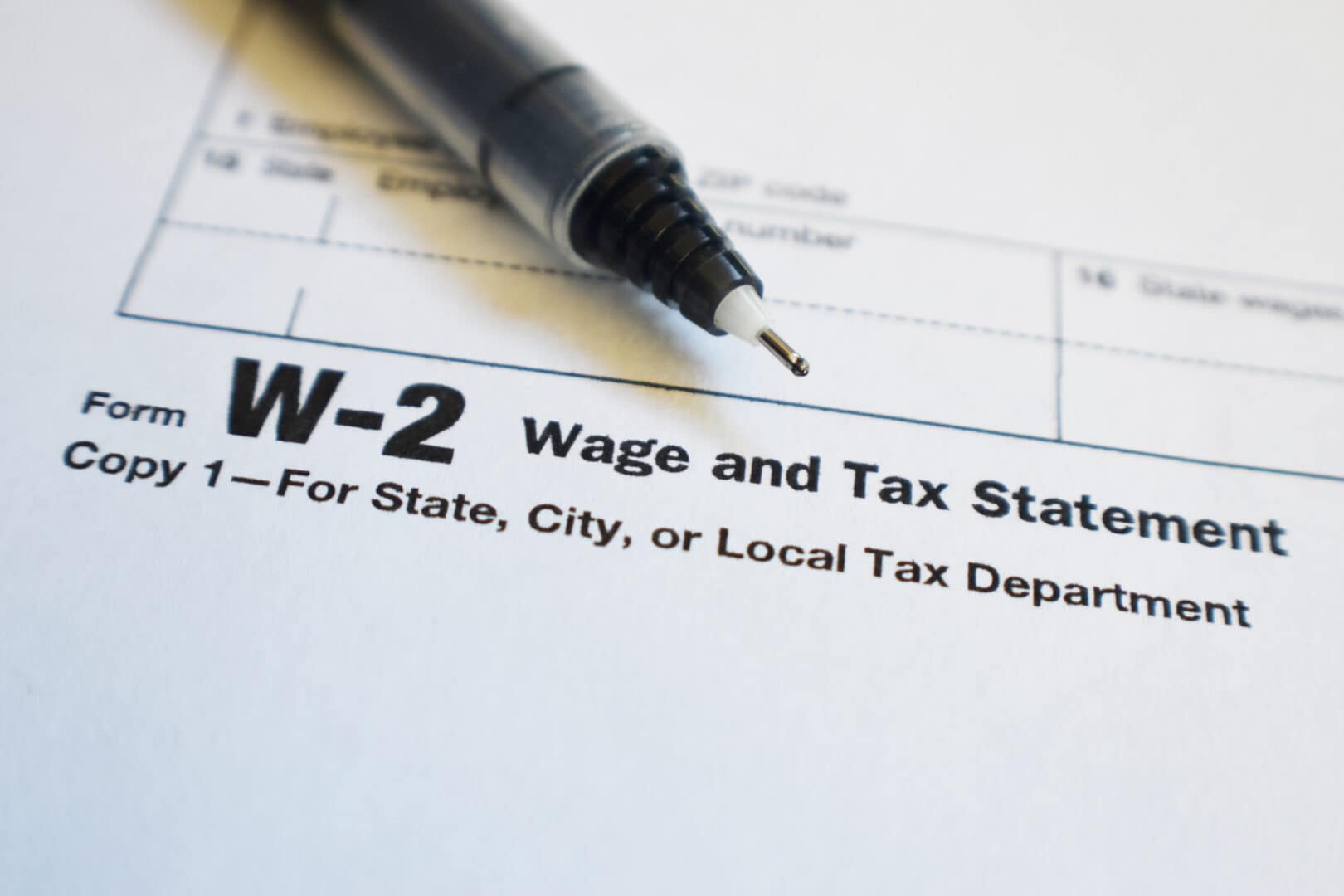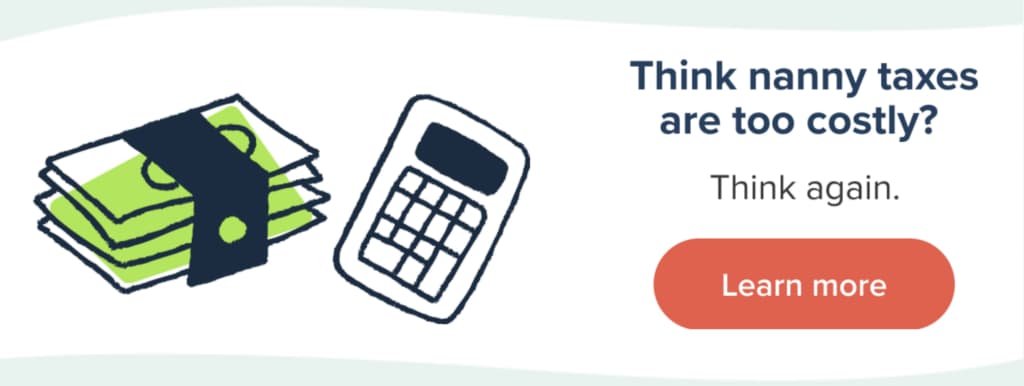While you may think of your nanny or in-home caregiver as more of an independent contractor than your employee, the fact of the matter is the government usually says otherwise. In almost all cases, nannies and other types of caregivers are considered household employees under the law. We’ll explore this topic further by covering:
- The IRS’ explanation for employee vs. independent contractor
- What the Department of Labor says about this topic
- How taxes differ for employees and independent contractors
- What can happen if you misclassify an employee
The distinction between a household employee and an independent contractor is the most common question we get from families. And since it has a large impact on your taxes, we want to explain this topic fully so you know exactly what to do with your nanny or caregiver:
How does the IRS distinguish between household employee vs. independent contractor?
The IRS can help you determine whether a worker is an independent contractor or employee if you or your caregiver sends in a Form SS-8. The form goes through five sections of questions to determine which party (family or caregiver) has control and independence. Admittedly, the IRS says it can take up to six months to get an answer and most families will not want to wait that long.
“We’ve spoken to the IRS in the past about nanny and senior caregiver employment situations, and they have ruled in almost all cases that household workers should be classified as employees,” says Tom Breedlove, Sr. Director of Care HomePay.
The reason why the IRS almost exclusively favors in-home caregivers as employees is because the family has control over the schedule their caregiver has to work and the duties they must perform, and they have the ability to hire backup care if their caregiver is unable to work on a particular day.
An independent contractor, on the other hand, would be dictating to you when they’re available to work, would have specific procedures for how they will do their job and would have a network of contacts to fill in for them if they had to miss a day on the job.
How does the Department of Labor define an employee vs. independent contractor?
Like the IRS, the Department of Labor (DOL) can pursue employers who are not following the law. The DOL looks to the Fair Labor Standards Act to give guidance on whether a worker is an employee or an independent contractor and there are different criteria for both distinctions. The Department of Labor has seven factors to consider when classifying a worker, but for household workers, two stand out the most:
The permanence of the job. When an employee accepts a job, they will continue to be employed until their employer lays them off, terminates them with cause, or they quit. An independent contractor has a set of duties they will perform over a certain timeframe and it’s understood that they will leave when the job is complete.
Economic dependence. An employee is generally dependent on their job for financial stability. Independent contractors are self-employed so they provide their services to several different clients at the same time. Losing one client is not ideal, but it will not generally cripple their business.
“This distinction,” adds Breedlove, “may be part of the reason why employees are eligible for unemployment benefits if they’re laid off due to no fault of their own, but independent contractors are not.“
How do taxes differ for household employees and independent contractors?
When you hire a nanny, senior caregiver or another household employee, you must give them a W-2 to file their personal income tax return. Independent contractors are given a Form 1099 to handle their taxes. Aside from tax forms, managing a household employee is a year-round process because there are tax- and payroll-related procedures to follow. With independent contractors, these tasks are not necessary, which is why some families purposefully misclassify their caregivers.
What happens if I provide a 1099 for my nanny or caregiver instead of a W-2?
Attempting to classify an employee as an independent contractor by giving them a Form 1099 is considered tax evasion in the eyes of the IRS. If you’re caught, you’ll owe all the back taxes you should have been paying to the IRS and the state during the time you had a caregiver and be subject to additional fines. The IRS, the Department of Labor and the majority of states have signed a formal Memorandum of Understanding to share information between agencies in order to combat worker misclassification.
Aside from avoiding tax-related headaches, there are more benefits to properly classifying your household employee. You may qualify for tax breaks that can lower your care costs, and you’ll help your caregiver because the paystubs you provide help them qualify for things like car loans and mortgages. And if you’re worried about administrative tasks, our nanny tax service can take these items off your plate so you’ll gain peace of mind.
Your Next Steps:
Key takeaways
How does the IRS distinguish between a household employee and an independent contractor?
The IRS distinguishes between a household employee and an independent contractor based on factors like control, independence, and the ability to hire backup care. In most cases, the IRS favors classifying in-home caregivers as employees because families have control over their schedules and duties.
What are the consequences of providing a Form 1099 to a nanny or caregiver instead of a W-2?
Attempting to classify a household employee as an independent contractor by providing a Form 1099 is considered tax evasion by the IRS. If caught, families may owe back taxes, fines, and face legal consequences. It’s crucial to correctly classify employees to avoid such issues.
* The information contained in this article is general in nature, may not be applicable to your specific circumstances, and is not intended to be a substitute for or relied upon as personalized tax or legal advice.

